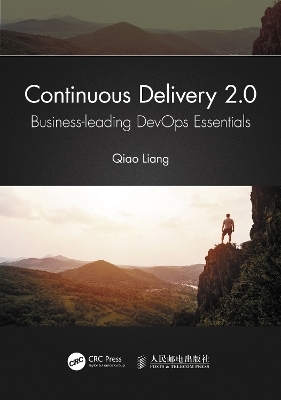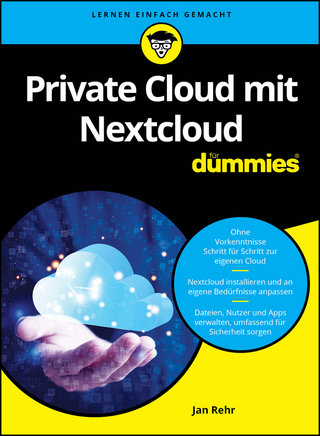
Continuous Delivery 2.0
CRC Press (Verlag)
978-1-032-11799-7 (ISBN)
The agile transformation is an act of transforming an organization’s form or nature gradually to one that can embrace and thrive in a flexible, collaborative, self-organizing, and fast-changing environment. It seems like most of the companies starting an agile transformation never reach the goal of agility, but there are those few that truly become agile and reap incredible benefits by utilizing DevOps as well.
This book introduces the theory and practice of the "double-flywheels model" of Continuous Delivery 2.0: Discovery Loop, which allows information technology (IT) organizations to help businesses figure out the most efficacious ways to develop. Additionally, it explores applications of the Verification Loop that allows IT organizations to deliver value quickly and safely with high quality. Along the way, the book provides an array of insights and case studies that dive into all the aspects of software delivery, and how to implement Continuous Delivery in the most economical way for long-run business development.
Features
Organization culture and software architecture
Business requirement management
Pipeline and tooling
Branching and releasing strategy
Automation strategy
Configuration and artefacts management
Deployment and production healthy
The case studies at the end of the book—scenarios in which the author was personally involved—are explored in depth and meticulously detailed in order to represent typical agile transition scenarios that will benefit all readers.
Qiao Liang is an author, lecturer & consultant who helps organizations understand and use the concepts, principles and practices of Agile, Lean & DevOps to improve business value delivery. He is also the CTO of Minster Consulting Co.,Ltd.
Foreword
Prefaces
Acknowledgment
1. Continuous Delivery 2.0
2. Value Discovery Loop
3. Fast Verification Loop
4. A Suitable Organizational Culture for Continuous Delivery 2.0
5. Software Architecture for Continuous Delivery
6. Collaborative Management Around Business Requirements
7. Principles for Deployment Pipeline and Tool Design
8. Branch Strategy Conducive to Integration
9. The Branch Strategy Conducive to Integration
10. Automation Test Strategies and Methods
11. Software Configuration Management
12. Low-risk Release
13. Monitoring and Decision-making
14. Large Internet Teams to Become Feature Teams
15. How Can Small Teams Implement a “Counter Attack”?
16. DevOps Driven by Developers
17. Appendix A Three Evolutions of Software Engineering
18. Appendix B User Story Estimation by Relative Size
| Erscheinungsdatum | 11.09.2024 |
|---|---|
| Zusatzinfo | 12 Tables, black and white; 240 Line drawings, black and white; 19 Halftones, black and white; 259 Illustrations, black and white |
| Verlagsort | London |
| Sprache | englisch |
| Maße | 178 x 254 mm |
| Gewicht | 666 g |
| Themenwelt | Mathematik / Informatik ► Informatik ► Betriebssysteme / Server |
| Mathematik / Informatik ► Informatik ► Netzwerke | |
| Mathematik / Informatik ► Informatik ► Software Entwicklung | |
| Mathematik / Informatik ► Informatik ► Theorie / Studium | |
| ISBN-10 | 1-032-11799-0 / 1032117990 |
| ISBN-13 | 978-1-032-11799-7 / 9781032117997 |
| Zustand | Neuware |
| Informationen gemäß Produktsicherheitsverordnung (GPSR) | |
| Haben Sie eine Frage zum Produkt? |
aus dem Bereich


